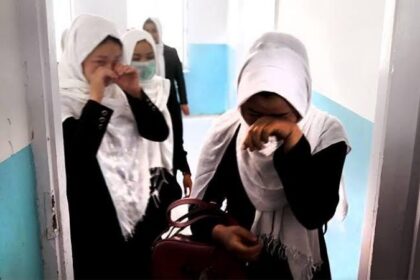RASC News Agency: The Taliban’s Ministry of Justice has announced the registration of over 75,700 acres of land in the provinces of Herat, Kunduz, Balkh, and Ghor as official property of the so-called “Islamic Emirate.” According to the ministry’s statement, 75,000 acres were identified in Herat, 340 in Kunduz, 285 in Balkh, and 77 in Ghor all designated as state-owned land. The declaration, issued on Saturday, April 20, asserts that decisions regarding these properties were made during meetings of a technical committee tasked with “combating land usurpation.” Taliban officials further stated that in Balkh alone, files related to the alleged seizure of over 15,632 acres were reviewed, resulting in a series of decisions concerning the land’s legal status.
The lands designated as “Emirate property” are scattered across various districts, including Zirkooh and District 11 of Herat City, the Taimani Bazaar area in Ghor, Alim Qishlaq village in Imam Sahib district of Kunduz, and the northeastern neighborhoods of Mazar-i-Sharif in Balkh province. Under direct orders from Taliban supreme leader Hibatullah Akhundzada, a special commission has been formed to “prevent illegal land grabs.” This commission reportedly operates under the Ministry of Justice and consists of four special courts and multiple technical subcommittees. However, the Taliban’s campaign to reclaim and register land has drawn significant criticism, primarily over the lack of transparency, absence of independent oversight, and growing concerns that the process is being exploited for political and demographic engineering purposes.
Many analysts and critics argue that these land appropriations may serve a broader agenda of reshaping the demographic makeup of Afghanistan. In this context, The Guardian published a joint investigative report in November 2024 in collaboration with four Afghanistan-based media outlets, accusing the Taliban of engaging in systematic ethnic cleansing. According to the report, vast residential areas predominantly inhabited by Hazara and Tajik communities have been razed under the pretext of “urban development.” The project has rendered thousands homeless, with approximately 385 acres of residential land in Kabul destroyed, displacing families without due process or compensation.
Observers warn that the Taliban’s land seizure operations, carried out under the guise of legal reform, are in fact a continuation of their broader campaign to consolidate ideological and territorial control by displacing communities deemed politically or ethnically undesirable.






